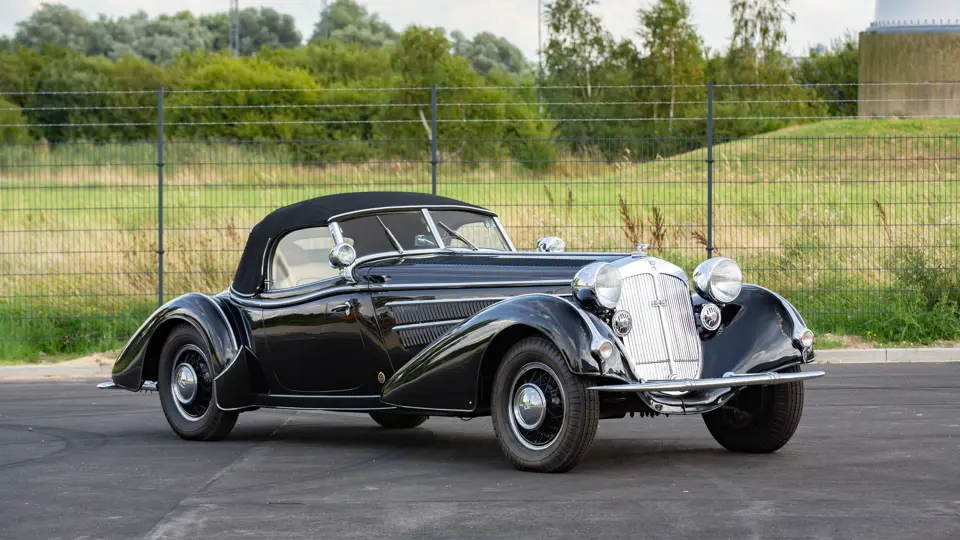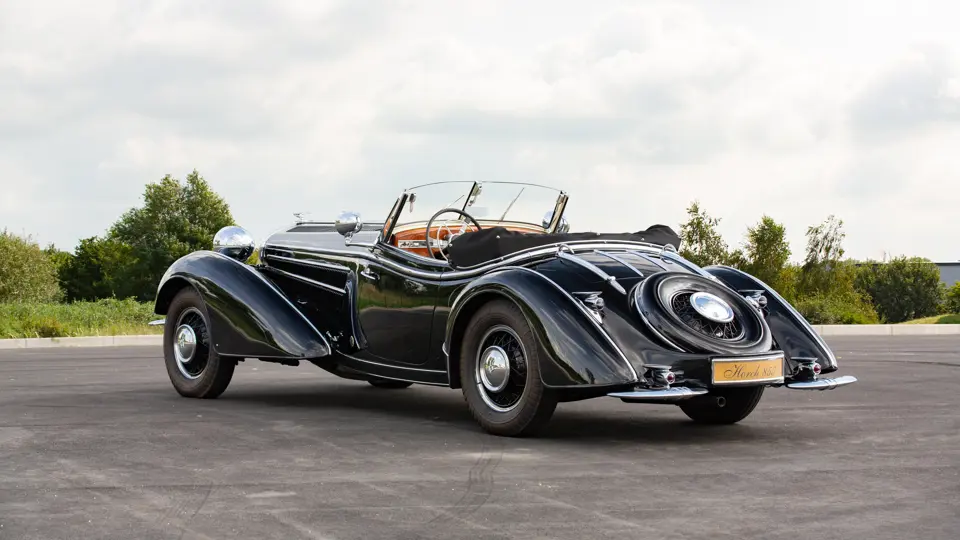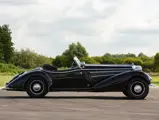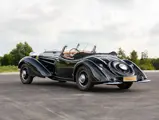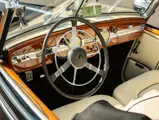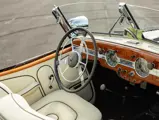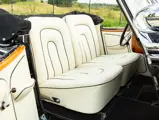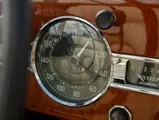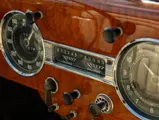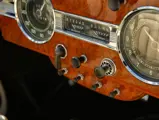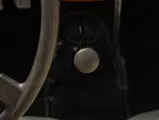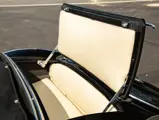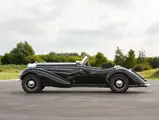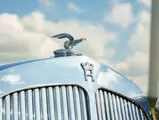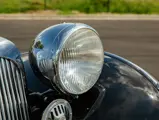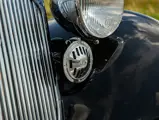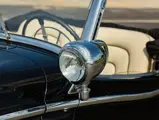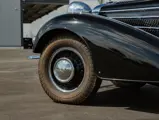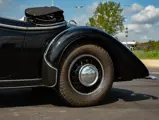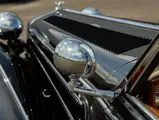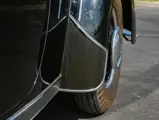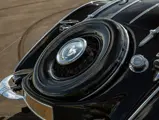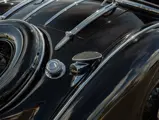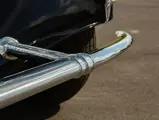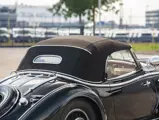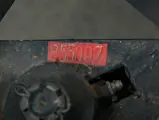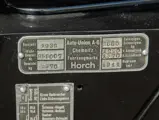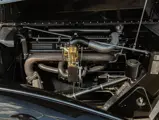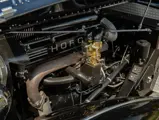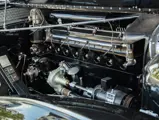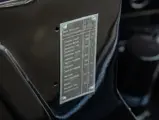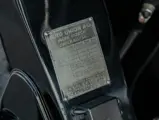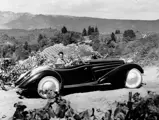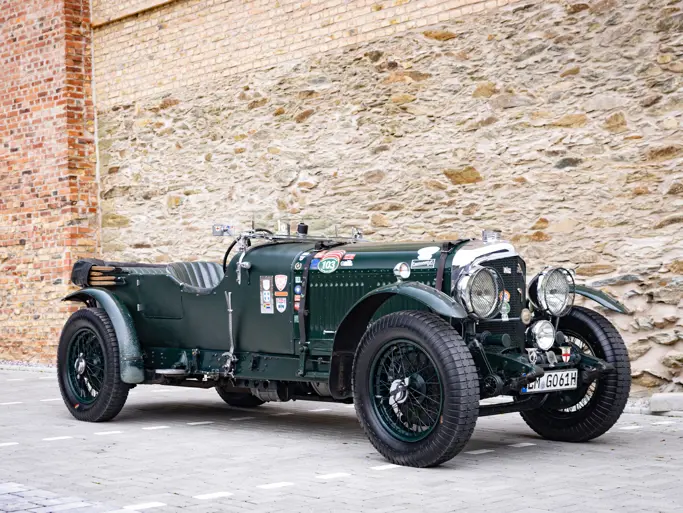
1939 Horch 855 Special Roadster by Gläser
{{lr.item.text}}
$3,305,000 USD | Sold
{{bidding.lot.reserveStatusFormatted}}
- The only surviving production Horch 855; indisputably the ultimate Horch automobile
- Formerly owned by Purcell M. Ingram and the Brucker Movieworld Collection
- The subject of a feature article in the September 1954 issue of Road & Track
- Appeared with Rock Hudson in The World Is Ours and in well-known publicity photographs
- Part of the Klein Collection since 1980; exhibited in Germany since 1992
- A Classic Car Club of America (CCCA) Full Classic
- One of the most desirable cars of its era; a future major concours star in the waiting
THE ULTIMATE HORCH
When one thinks today of German luxury automobiles, the mind is immediately drawn to two marques, Mercedes-Benz and Audi. During the Classic Era the competition was much the same, but at the time Audi was still a relatively junior marque of what was then known as Auto Union, a sort of German General Motors that combined four marques—hence the logo of entwined rings that Audi, sole survivor, still uses today. At the time, the Mercedes-Benz competitor was the bold Horch, in particular the prestigious eight-cylinder 853 of the late 1930s, with its 120-horsepower overhead-cam eight-cylinder engine. Visually and dimensionally larger than its 500 K and 540 K challengers, the Horch was a cushy, potent automobile, literally designed for the new autobahn. It was, to use the old saw, as expensive as it appeared.
The 853 was not the peak of the Classic Era Horch, however. That honor went to the ultimate 855, of which only between five and seven examples were made on a shortened 3,300-millimeter version of the 853 chassis with independent front suspension, de Dion rear axle, and hydraulic shock absorbers.
This extraordinary chassis was mounted with appropriately tailored Special Roadster bodywork, provided by Germany’s finest coachbuilders, including Erdmann & Rossi, Gläser, and Horch’s own shops. The design featured an almost impossibly long-appearing hoodline, abundantly louvered and extending back to within a couple inches of the low, vee’d windshield, after which the body appeared to literally drop off, with the doors dipping and sweeping around into the curve of a very short rear deck carrying the spare wheel. All was flanked by tapering pontoon-style fenders, with the rears extending beyond the tail as if stretched by the sheer force of the car’s speed.
In German automobiles of this era, “Teutonic arrogance” is often spoken of; but the boldness of the 855 Special Roadster was sensual in its arrogance. It was in every sense one of the most beautiful, impressive automobiles of the Classic Era.
THE KING OF THE ROAD AND A CAR OF THE STARS
Only two original examples of the 855 remain in existence: a prototype based upon an 853 chassis and numbered appropriately, and the example offered here, the only extant “production” 855 with an 855-prefix chassis number. It was bodied as a Special Roadster by Gläser of Dresden. According to marque historian Jonathan Sierakowski, early in life it bore registration plate R-7027, indicating that it was first delivered in the Netherlands.
According to correspondence on file, Loren E. Lawrence of McPherson, Kansas, then serving with US Army Counterintelligence in Germany, purchased it in the late 1940s from a private German citizen. It was shipped with him to the US upon his return home, after which he and his wife left New York and drove cross-country, visiting family in Marion, Indiana and Kansas, on the way to their future home in California. Afterward the Lawrences retained the Horch until 1953, when Mr. Lawrence returned to Europe as an envoy of the State Department—a career that would eventually lead him to serve as Ambassador to Jamaica under Presidents Carter and Reagan.
The car was sold by the departing Mr. Lawrence to Purcell M. Ingram, a wealthy contractor and one of the proprietors of the Kings of the Road Museum, an early roadside antique automobile museum in Cucamonga, California, named for the famous Ken Purdy book. In Mr. Ingram’s ownership the car was the subject of a feature article in the September 1954 issue of Road & Track magazine, which recounts its Lawrence provenance.
Following Mr. Ingram’s passing in 1959, the 855 is next known to have been acquired by the late James Brucker Sr., one of the best-known figures in the Southern California motoring scene. Mr. Brucker built a large and notable collection, including numerous significant Full Classics, which were in many cases regularly supplied to the film industry. The Horch had already made several silver screen appearances. Most prominently, late in its Ingram ownership, it had been driven by Rock Hudson in the 1959 film, The World Is Ours; Hudson was photographed with the car for widely printed publicity images, and he and co-star Jean Simmons appeared in the Horch on one of the film’s posters.
Mr. Brucker and his son Jim eventually opened Movieworld Cars of the Stars and Planes of Fame in Buena Park, which became one of the best-known museums on the West Coast during the 1970s. A hive of creativity for the burgeoning “kustom culture,” Movieworld exhibited a portion of the Bruckers’ immense collection of both automobiles and props. Hence, in a remarkably surreal scene, the immensely significant Horch, less its rear fender “spats” and hubcaps, wound up in a Von Dutch-designed exhibition space, not far from stop-motion figures from the original King Kong and Robby the Robot from Forbidden Planet.
Rudi Klein purchased the 855 from Jim Brucker in June 1980, and quickly tucked it away within his collection. Almost immediately, one of the most visible of all Horch automobiles became one of the least.
That went on until 1992, when Audi, the onetime stablemate and corporate successor to Horch, became aware of the Klein Collection and what it contained. An arrangement was made to take loan of the 855 and two other Horchs from the collection and bring them to Germany for exhibition in the upcoming Audi Forum museum at Ingolstadt. One of the conditions of the loan was that the 855 be restored by a German craftsman, which was undertaken over a 2 1/2-year period. After this was done, the car remained on display in the Audi Forum in a cube of impact-proof glass. It would be viewed by many thousands of visitors to the facility, was widely photographed, and was even the basis for a Sun Star die-cast model—but with its provenance largely unknown to the public, this great car was essentially “hidden in plain sight” for over 30 years.
Recently returned to the United States in preparation for sale, chassis number 855007 remains in excellent “factory-restored” condition throughout, but has been seldom exercised in recent years, and would benefit from mechanical sorting prior to regular use. It is the only surviving original production Horch 855, and a car of both noteworthy history and excellent provenance, having resided now in three of the West Coast’s most fabled hoards—those of Ingram, Brucker, and Klein. Combined with the extraordinary potency of Gläser’s tightly drawn, all-engine coachwork, it makes for a marvelous machine.
It is still a king of the road.





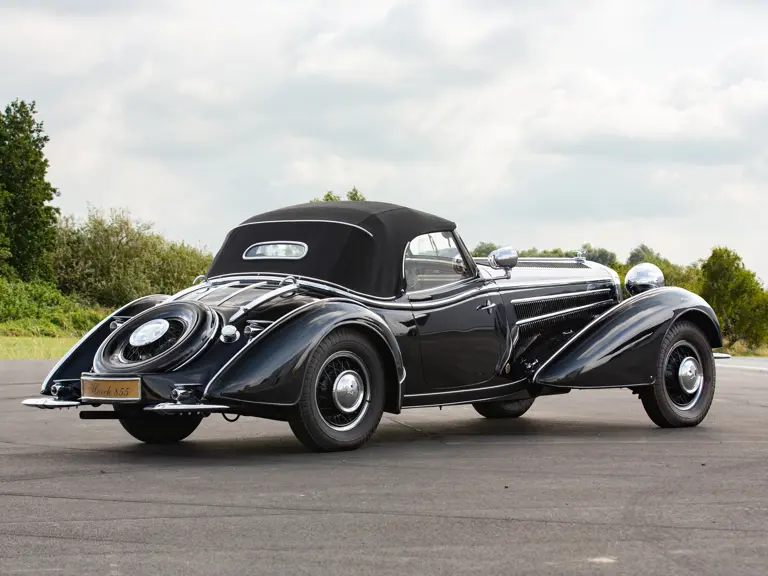

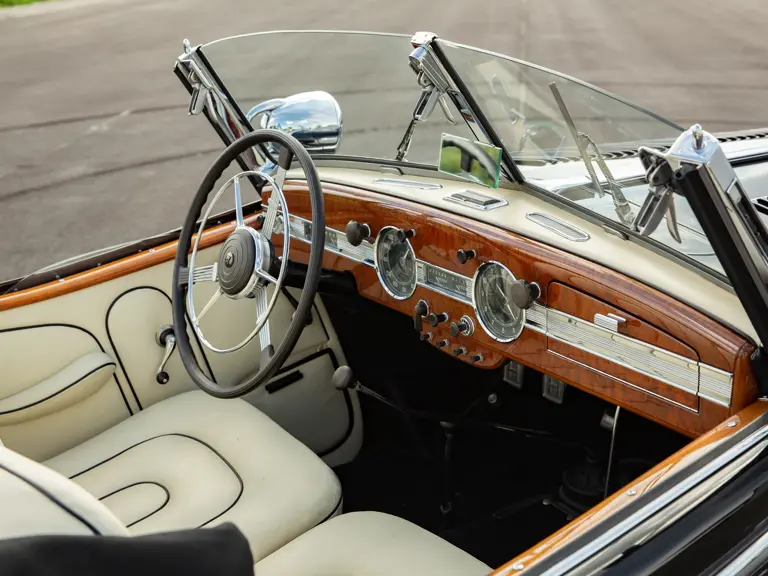
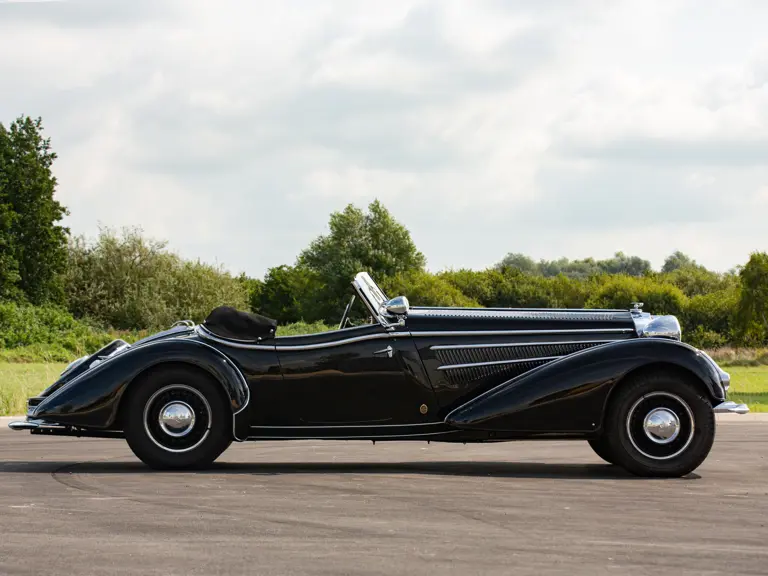
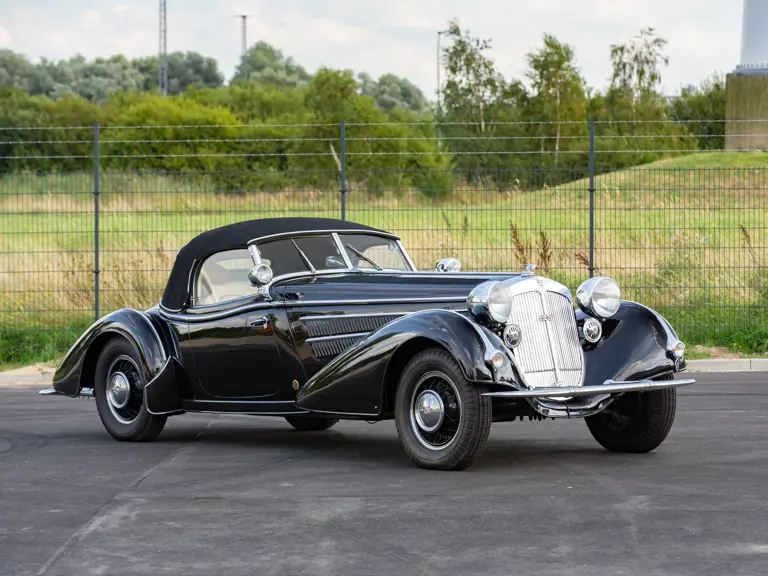





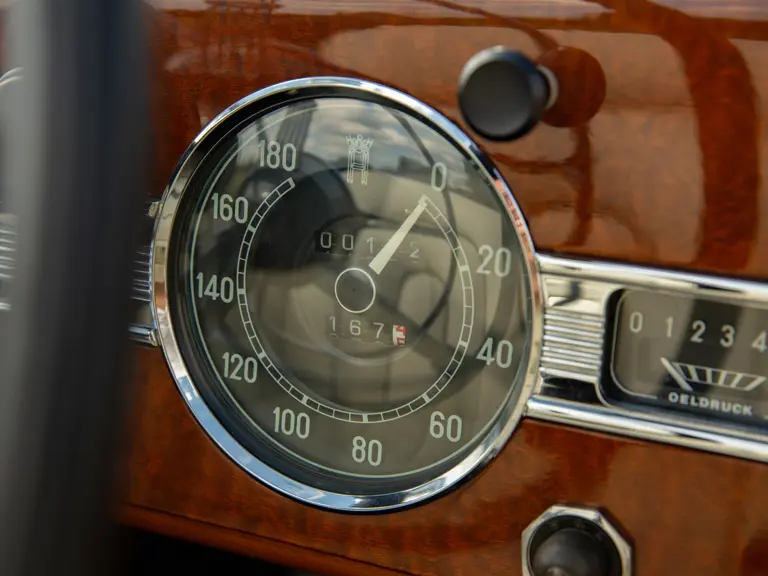
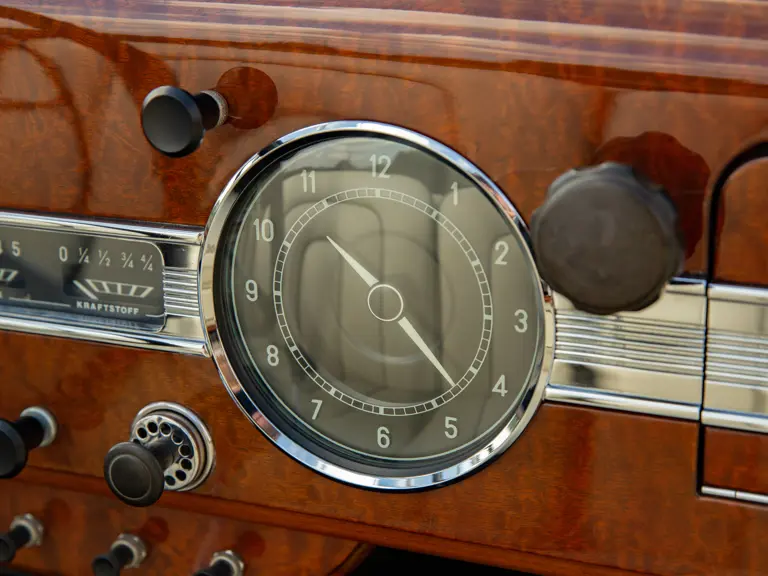


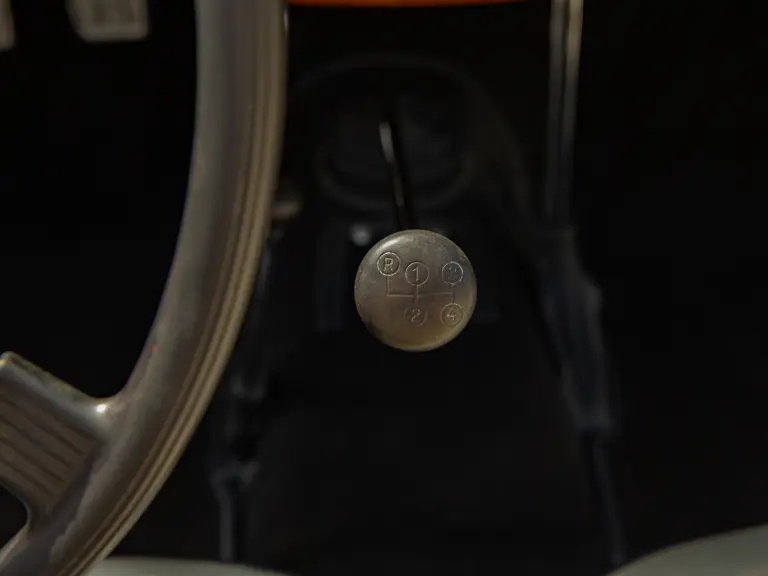


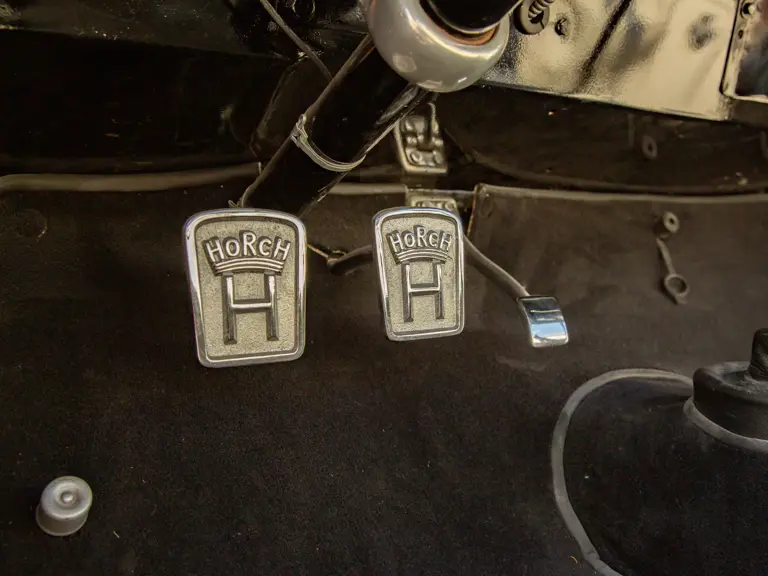
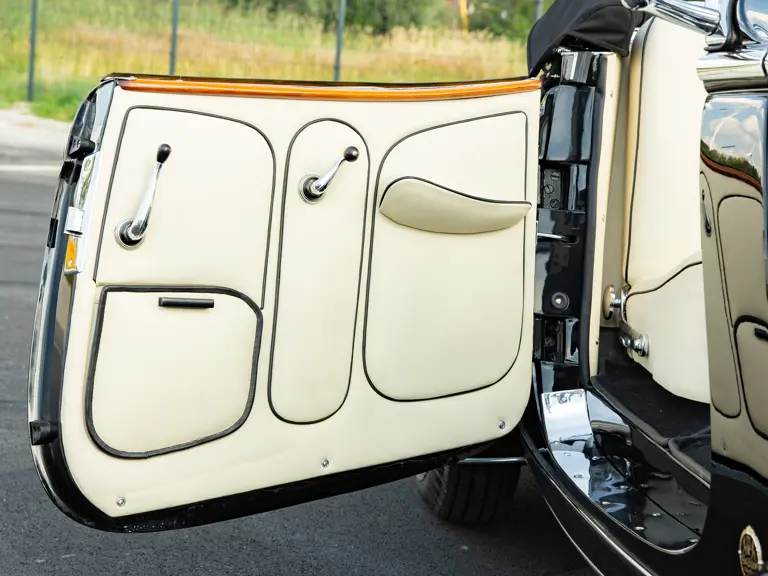
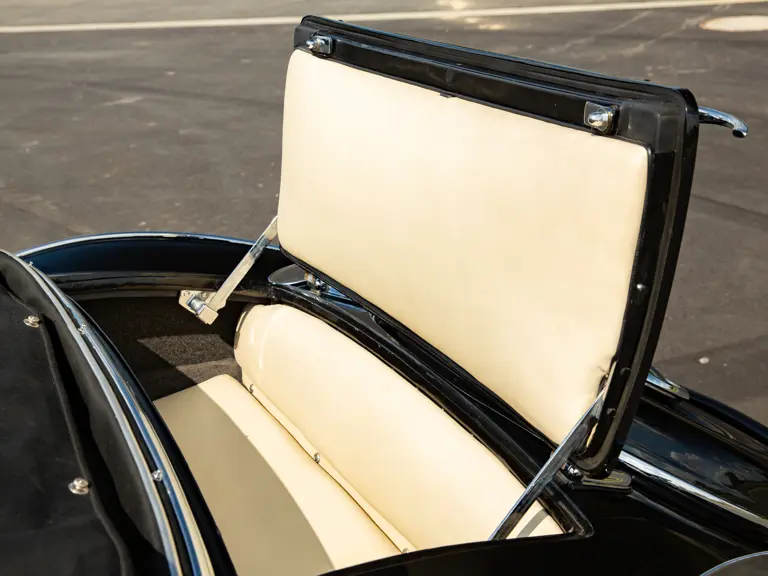
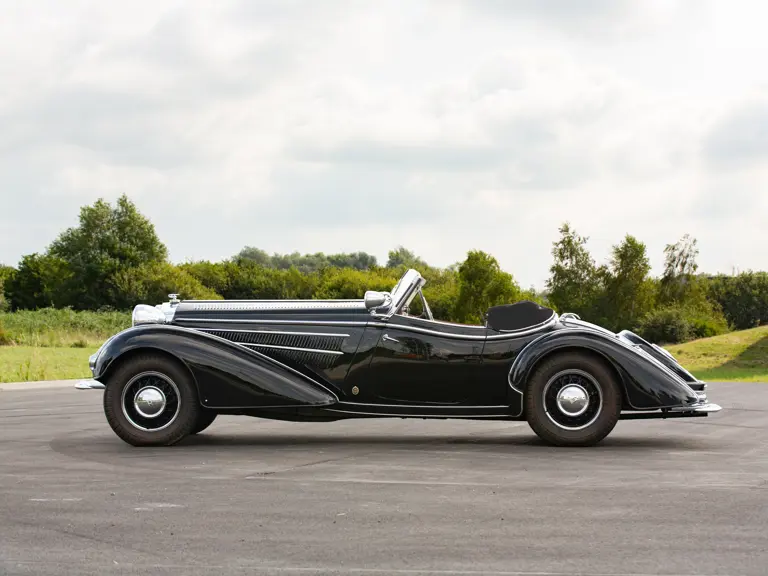

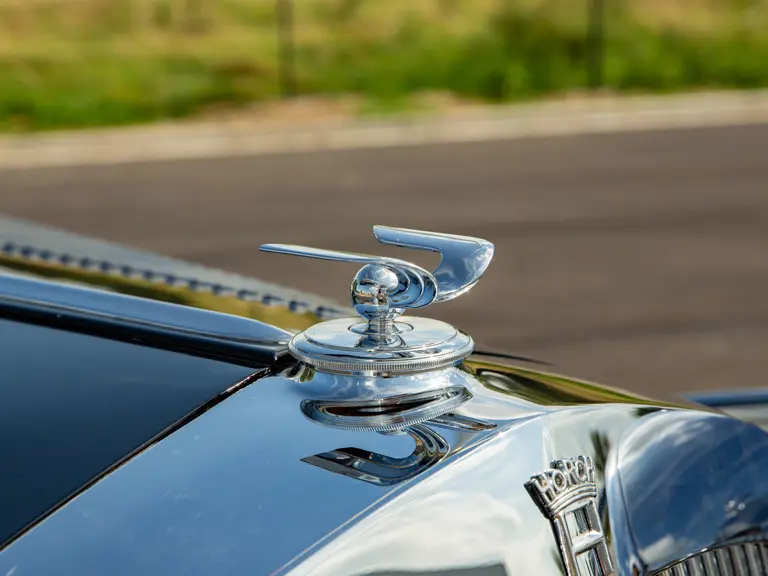


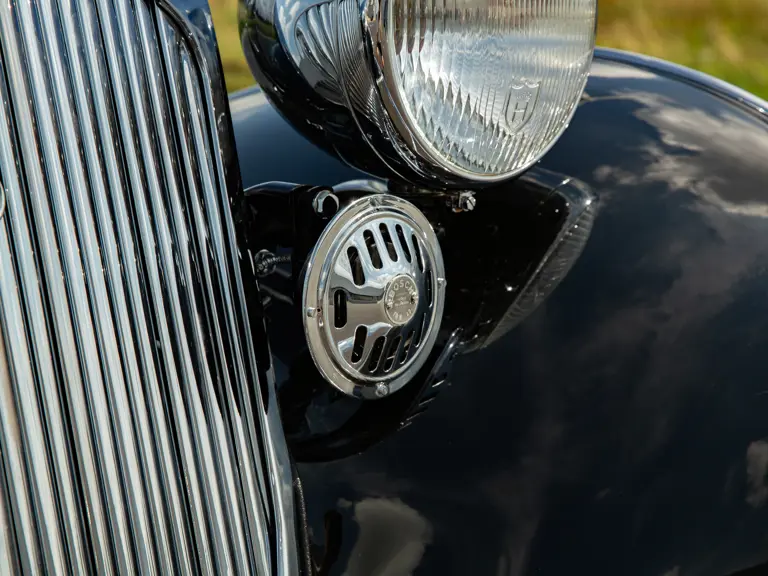
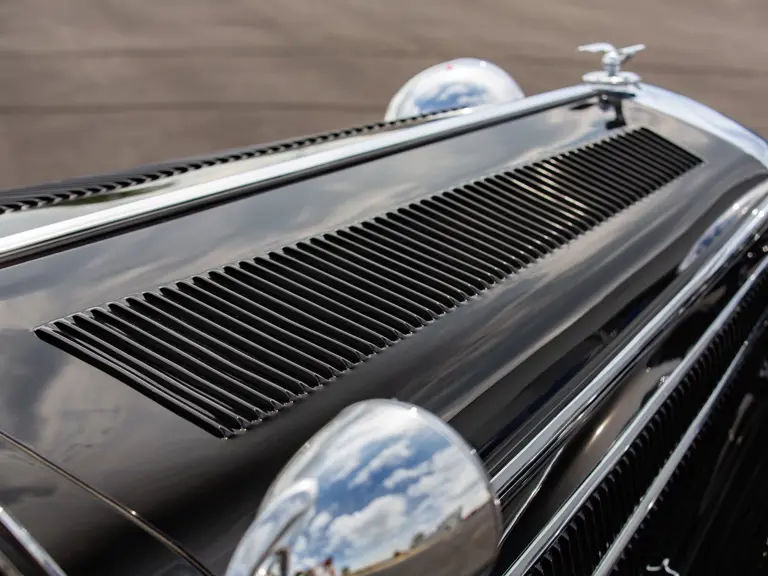

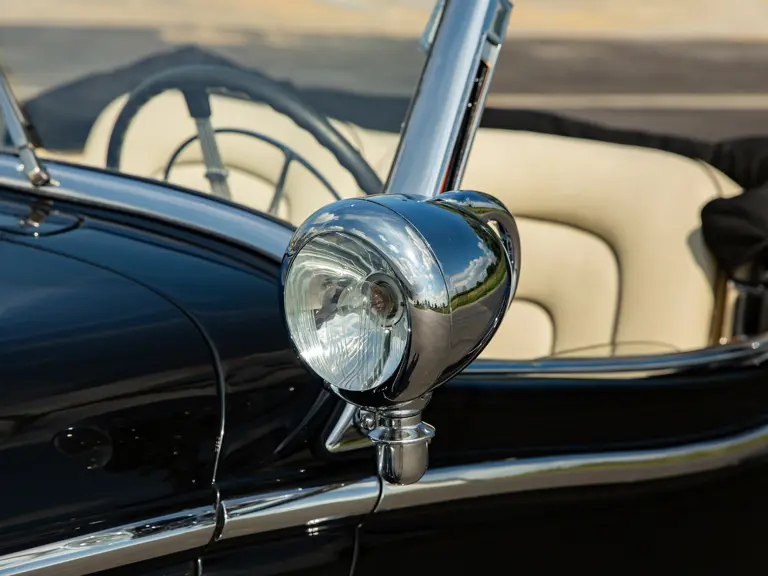
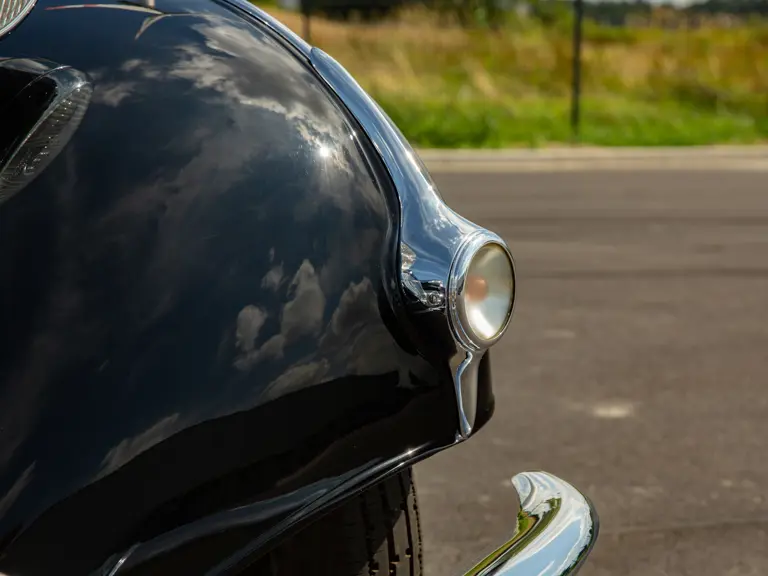


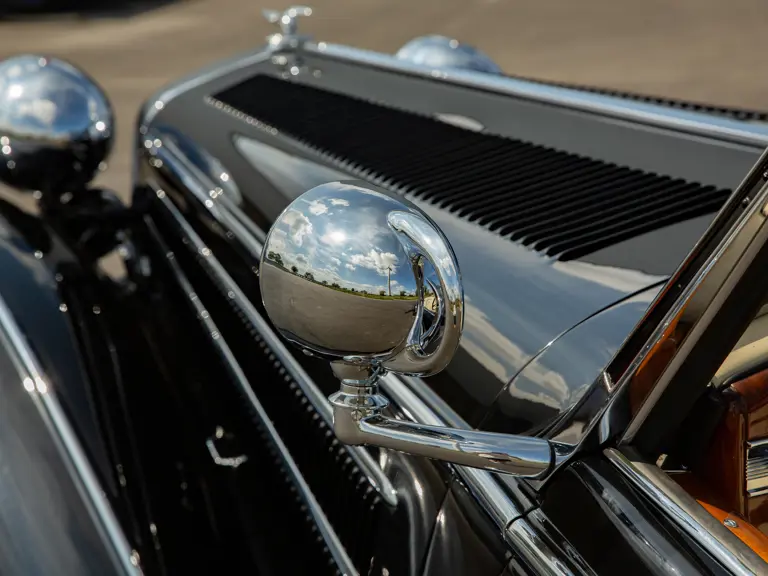

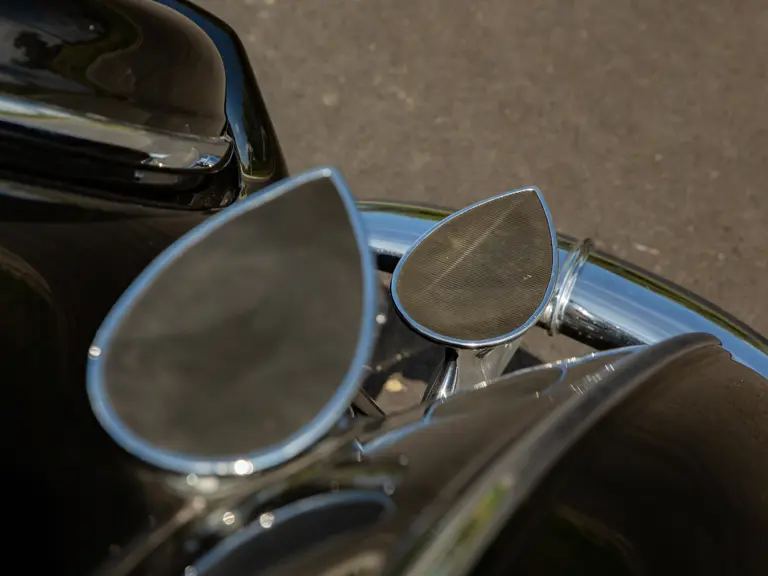
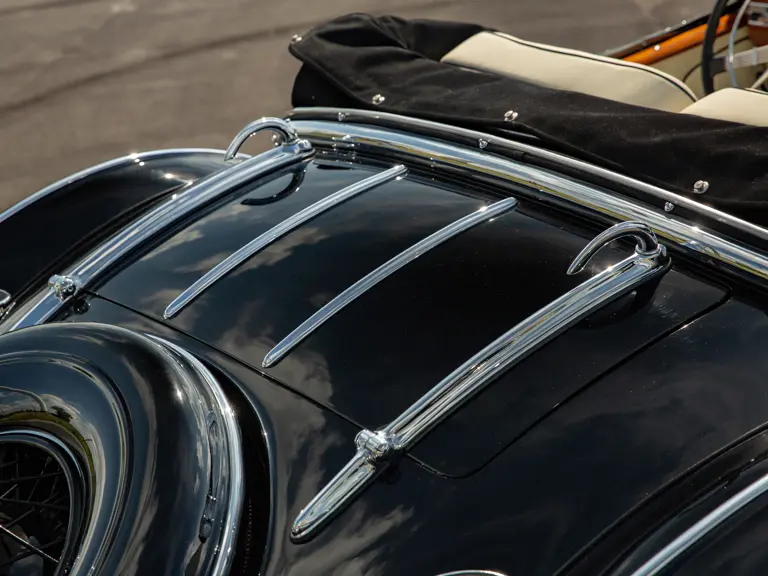
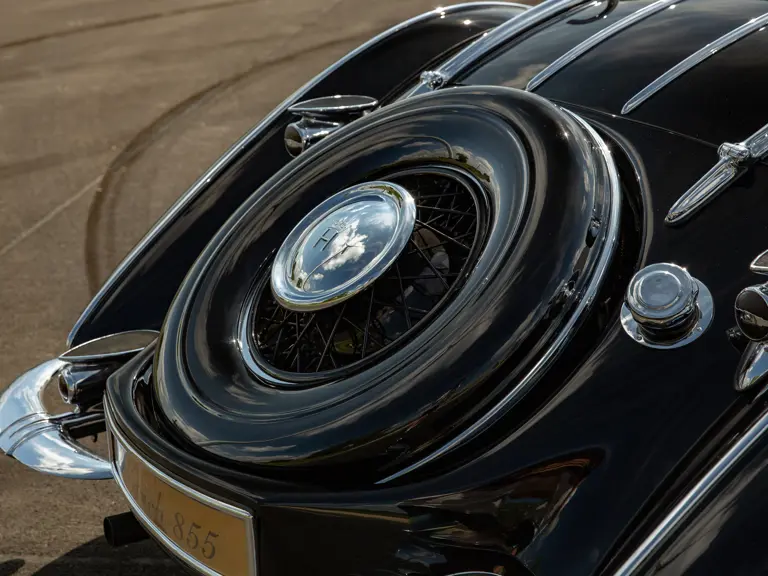
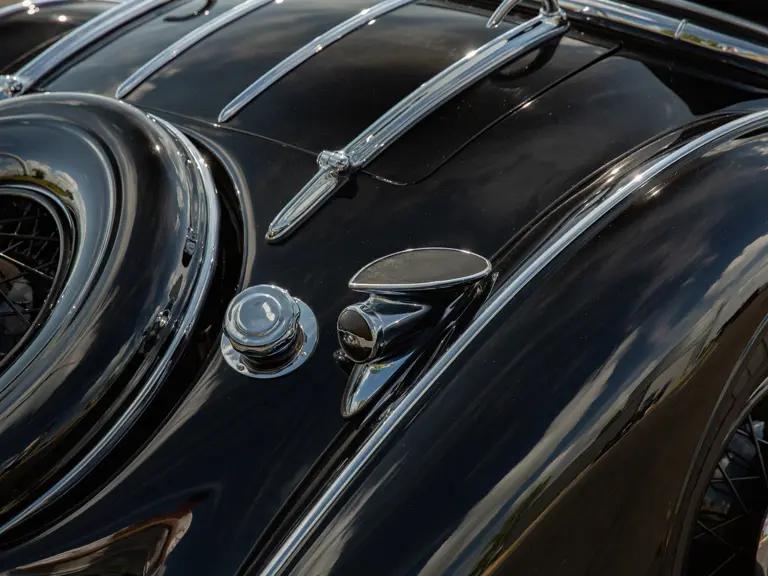
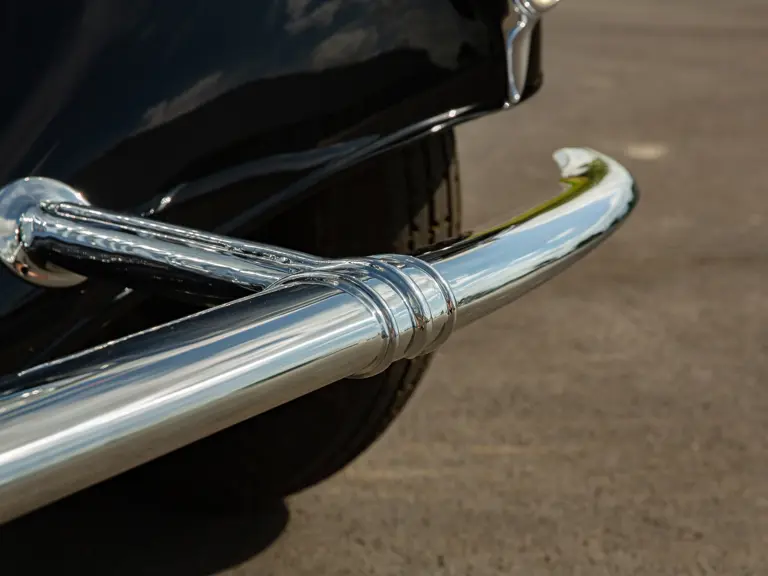








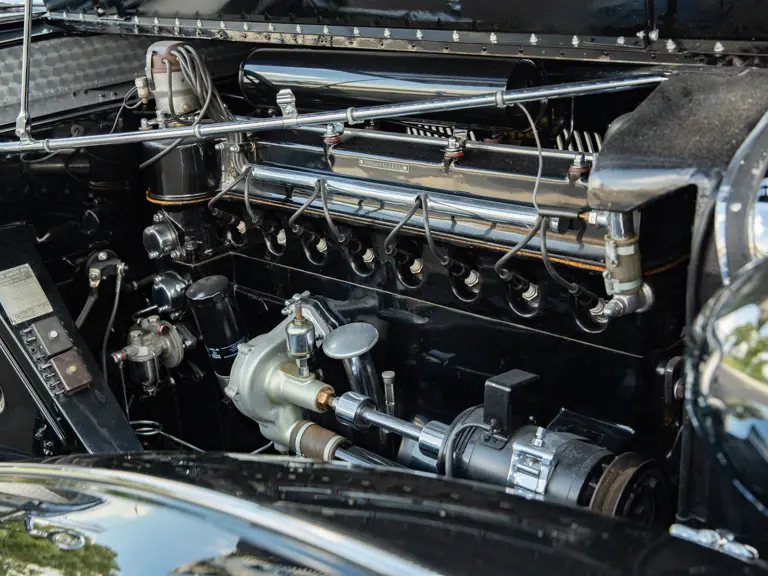
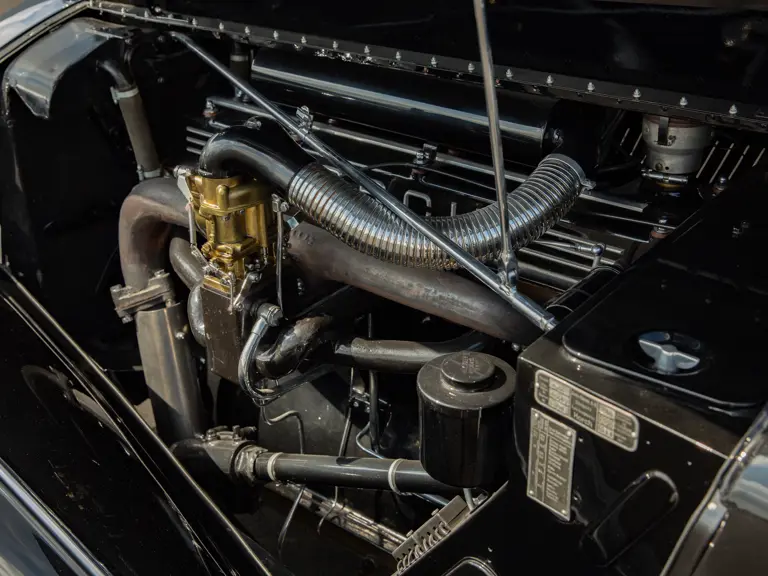
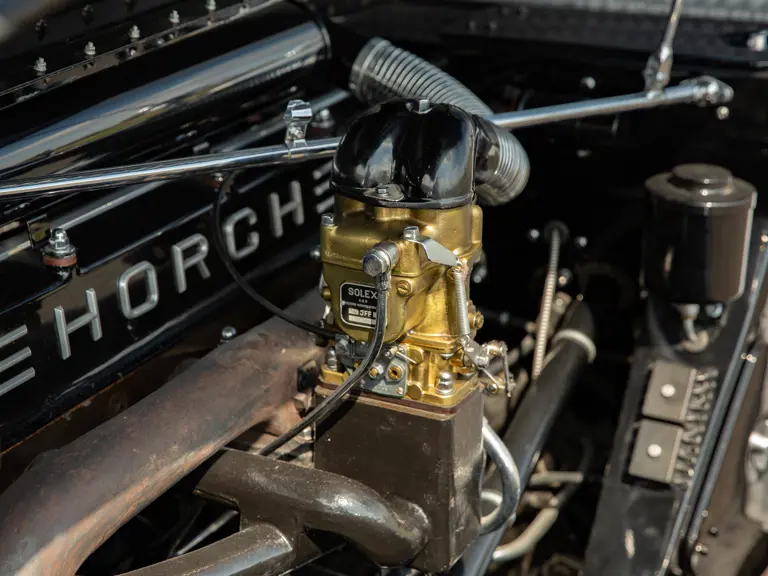

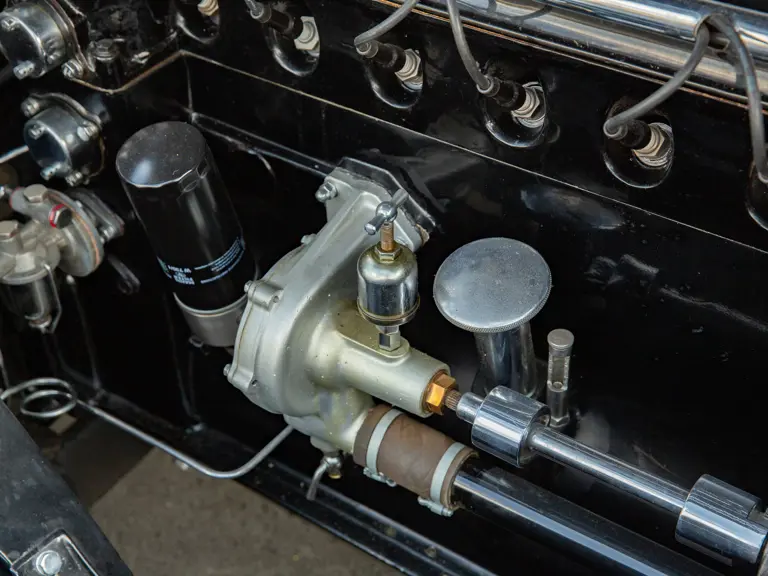
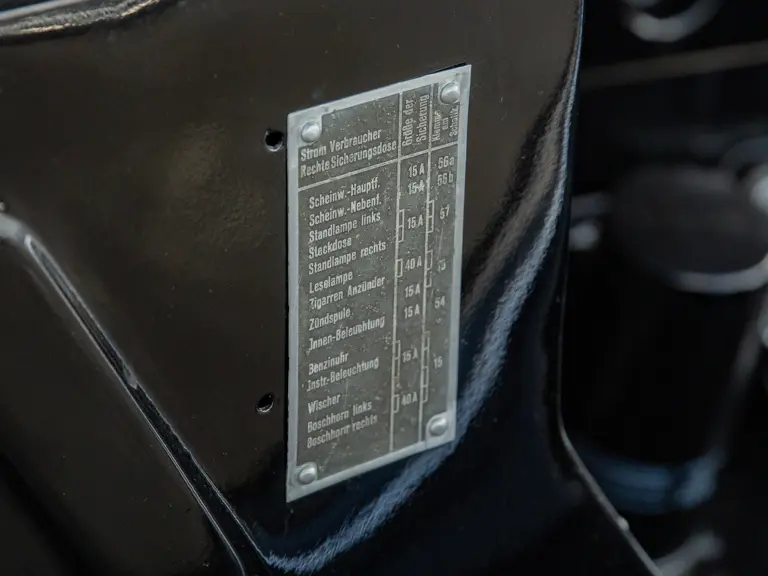
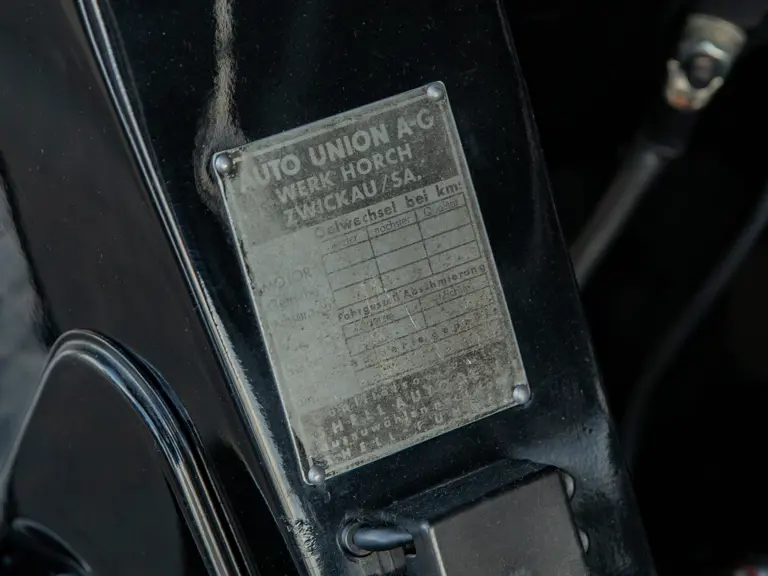
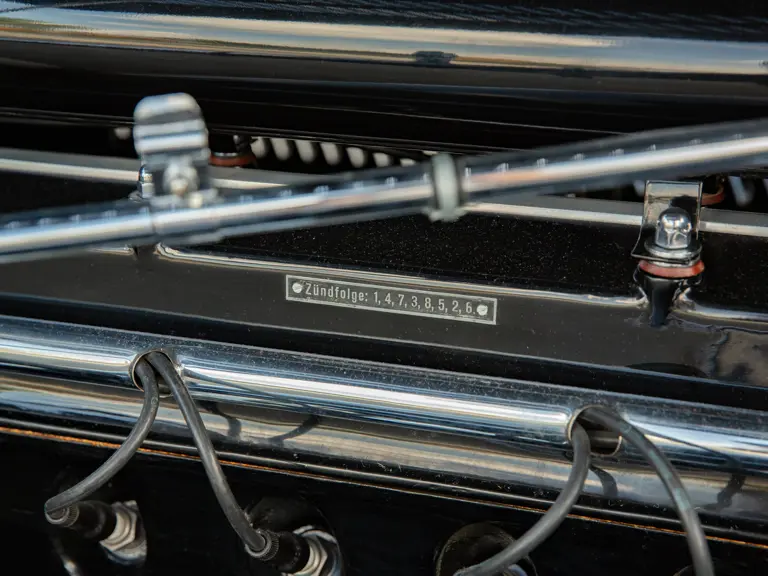
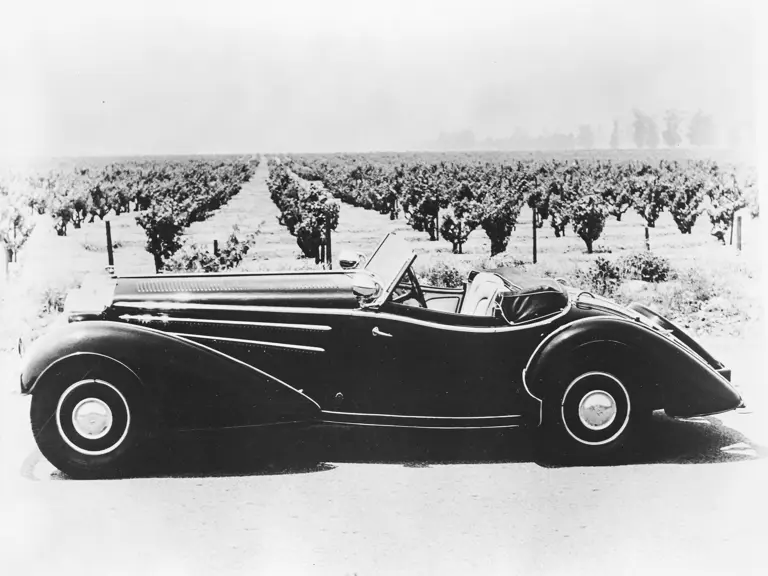
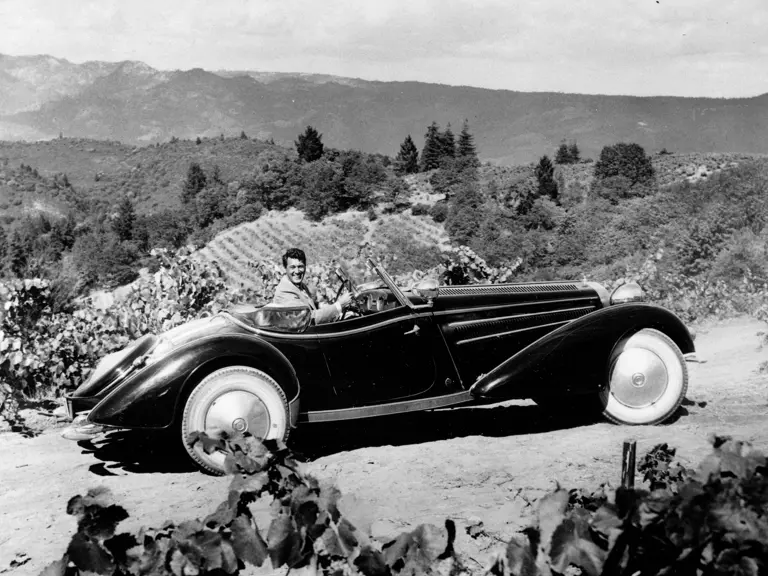
 | Los Angeles, California
| Los Angeles, California

